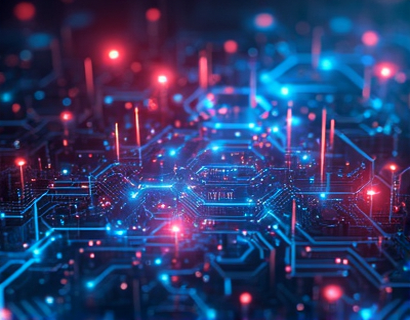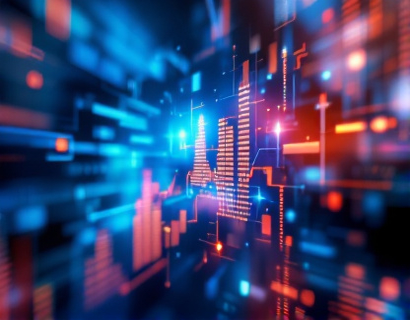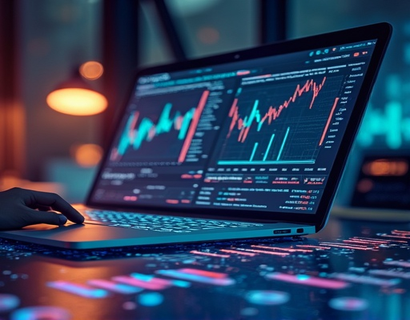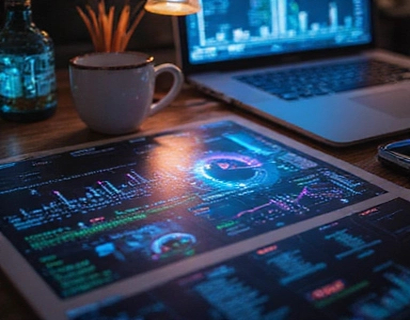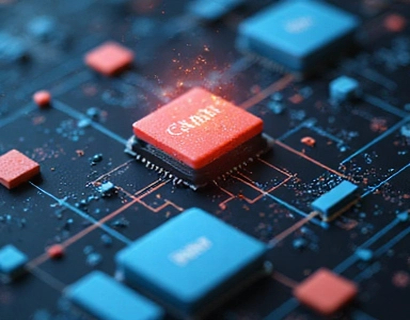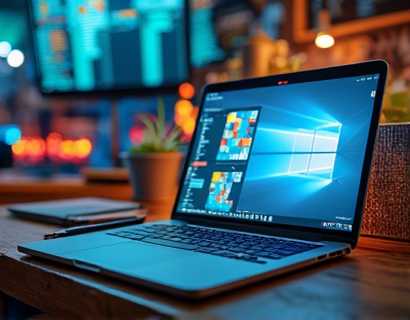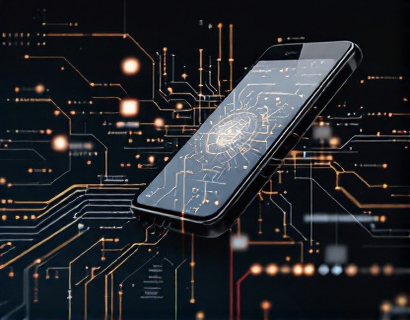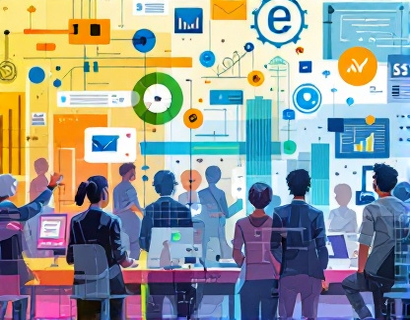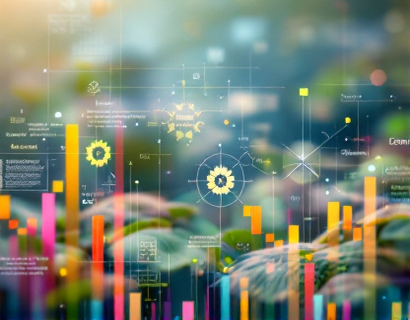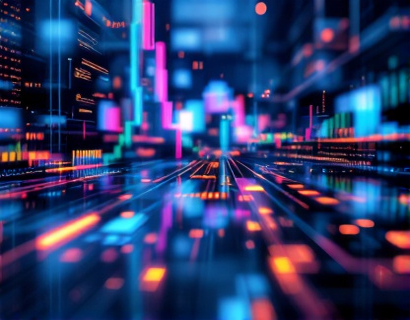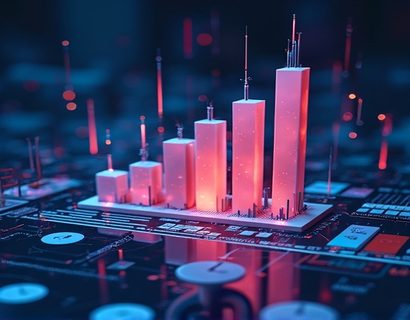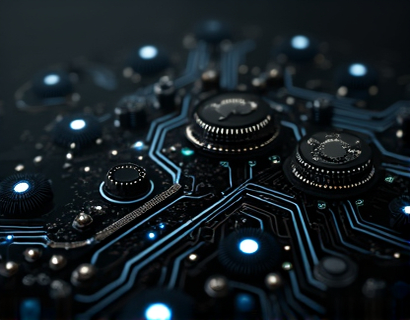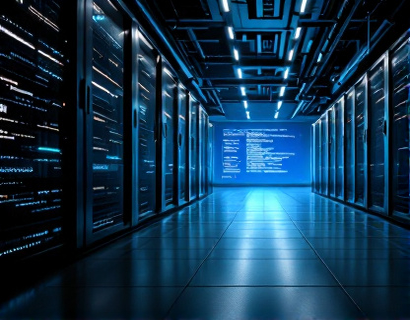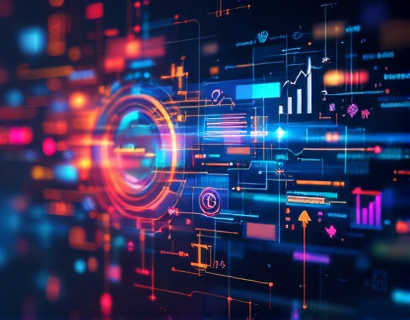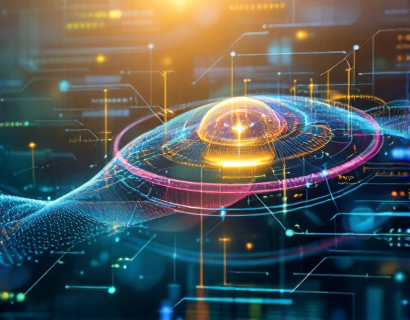Crypto and AI: Transforming Industries with Advanced Tech for Enhanced Digital Experiences
The intersection of cryptocurrency and artificial intelligence (AI) is giving rise to a new era of technological innovation, fundamentally transforming various industries and redefining digital experiences. This merging of two of the most disruptive technologies of our time is creating advanced solutions that enhance efficiency, security, and user engagement. As tech enthusiasts and early adopters, understanding the potential and current applications of this synergy is crucial for staying ahead in the rapidly evolving digital landscape.
The integration of AI with blockchain technology, the backbone of cryptocurrency, is unlocking unprecedented possibilities. AI's ability to process vast amounts of data, learn from patterns, and make intelligent decisions complements blockchain's strengths in providing secure, transparent, and decentralized transactions. Together, they are paving the way for next-generation tech solutions that offer enhanced digital experiences across multiple sectors.
Enhancing Security and Transparency
One of the most significant impacts of combining AI and crypto is in the realm of security and transparency. AI algorithms can analyze blockchain data to detect anomalies and potential security threats in real-time, enhancing the overall security of crypto transactions. Smart contracts, self-executing contracts with the terms directly written into code, benefit from AI by automating complex verification processes, reducing the risk of fraud and errors. This synergy ensures that transactions are not only secure but also transparent, as every step is recorded on the blockchain and can be audited.
For industries such as finance, supply chain management, and healthcare, this level of security and transparency is invaluable. Financial institutions can use AI-driven blockchain solutions to prevent money laundering and ensure compliance with regulatory requirements. In supply chain management, AI can track the movement of goods through a blockchain, providing real-time updates and ensuring authenticity and quality. Healthcare providers can leverage these technologies to secure patient data and streamline administrative processes.
Optimizing User Experiences
The combination of AI and crypto is also revolutionizing user experiences across various platforms. AI-powered chatbots and virtual assistants integrated with blockchain-based systems can offer personalized and secure interactions. These AI entities can understand user preferences, provide tailored recommendations, and handle transactions seamlessly, all while maintaining the integrity and privacy of user data.
In the realm of gaming, AI and crypto are creating immersive and economically incentivized experiences. Blockchain-based gaming platforms use AI to generate dynamic content, adapt to player behavior, and reward players with cryptocurrency tokens. This not only enhances engagement but also provides a new economic model where players can earn and trade digital assets.
Decentralized Finance (DeFi) and AI
Decentralized Finance (DeFi) is a prime example of how AI and crypto are transforming traditional financial systems. DeFi platforms leverage blockchain to offer a range of financial services such as lending, borrowing, and trading without intermediaries. AI algorithms can optimize these services by predicting market trends, managing risks, and automating trading strategies. This results in more efficient and accessible financial services for users worldwide.
AI-driven risk assessment tools can evaluate creditworthiness and potential fraud with higher accuracy, reducing the barriers to entry for underserved populations. Additionally, AI can help in creating more stable and predictable cryptocurrency markets by analyzing vast amounts of data and providing insights that traditional methods might miss.
Supply Chain and Logistics
In supply chain and logistics, the integration of AI and crypto is streamlining operations and enhancing trust. Blockchain provides a tamper-proof ledger for tracking products from manufacture to delivery, ensuring authenticity and reducing counterfeiting. AI algorithms can optimize routes, predict demand, and manage inventory in real-time, reducing costs and improving efficiency. Smart contracts can automate payments and ensure compliance with contractual obligations, eliminating the need for intermediaries and speeding up processes.
For example, in the food industry, blockchain and AI can track the origin and journey of products, ensuring food safety and quality. Consumers can scan a QR code to access detailed information about the product's journey, from farm to table, building trust and transparency.
Healthcare and Biotechnology
The healthcare sector is another area where AI and crypto are making significant strides. Blockchain can secure patient data, ensuring privacy and compliance with regulations like GDPR. AI can analyze medical data to identify patterns, predict disease outbreaks, and personalize treatment plans. Clinical trials can be more efficient and transparent, with AI managing data collection and analysis while blockchain ensures the integrity of the data.
Crypto tokens can be used to incentivize data contributors, researchers, and healthcare providers, creating a new economy within the healthcare ecosystem. For instance, patients can earn tokens for sharing their health data, which can be used by researchers to advance medical knowledge and develop new treatments.
Art and Entertainment
In the art and entertainment industries, AI and crypto are opening new avenues for creativity and monetization. Digital art, represented as non-fungible tokens (NFTs), is gaining popularity, allowing artists to sell unique digital pieces with provenance and ownership verified on the blockchain. AI can assist in creating art, composing music, and even writing scripts, providing new tools for creators and opening up new revenue streams.
Blockchain-based platforms can ensure fair compensation for creators, as transactions are transparent and traceable. AI can analyze audience preferences and predict trends, helping artists and content creators tailor their work to meet demand. Virtual and augmented reality experiences can be enhanced with AI, creating more immersive and interactive content.
Challenges and Considerations
Despite the numerous benefits, the integration of AI and crypto also presents challenges. Regulatory uncertainty remains a significant hurdle, as governments worldwide are still grappling with how to regulate these emerging technologies. Ensuring compliance and navigating the legal landscape is crucial for businesses and developers.
Technical complexity is another consideration. Developing robust AI algorithms that can effectively interact with blockchain systems requires expertise in both domains. Scalability and interoperability issues must be addressed to ensure that these solutions can be widely adopted and integrated into existing infrastructure.
Future Prospects
The future of AI and crypto is bright, with ongoing research and development promising even more innovative applications. As technology advances, we can expect to see more seamless integration between these fields, leading to enhanced security, efficiency, and user experiences across various industries. The potential for cross-industry collaboration is vast, with possibilities ranging from smart cities to sustainable energy solutions.
For those interested in exploring this exciting frontier, staying informed about the latest developments in AI and blockchain is essential. Engaging with communities, attending conferences, and experimenting with pilot projects can provide valuable insights and opportunities to contribute to this transformative journey.
In conclusion, the merging of cryptocurrency and artificial intelligence is not just a technological trend but a fundamental shift in how we approach digital interactions and transactions. By leveraging the strengths of both AI and crypto, we can create a more secure, efficient, and engaging digital world. As early adopters and tech enthusiasts, embracing this synergy will position us at the forefront of the next technological revolution.





